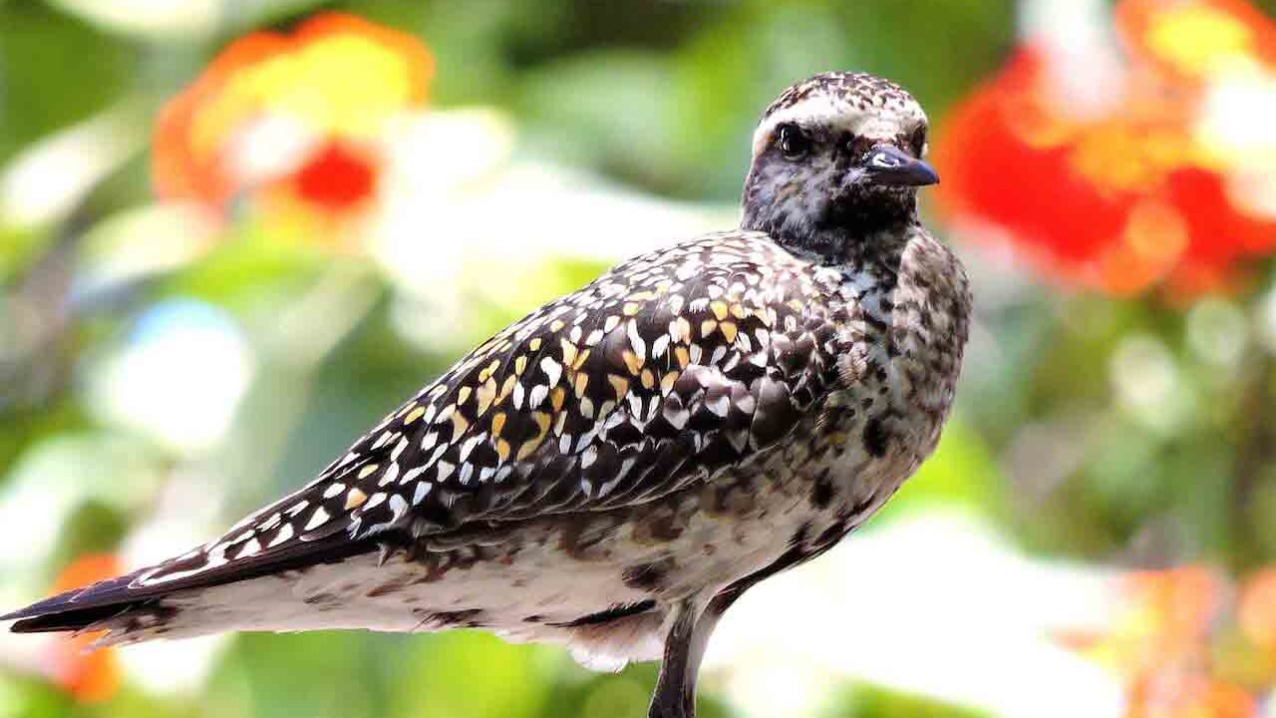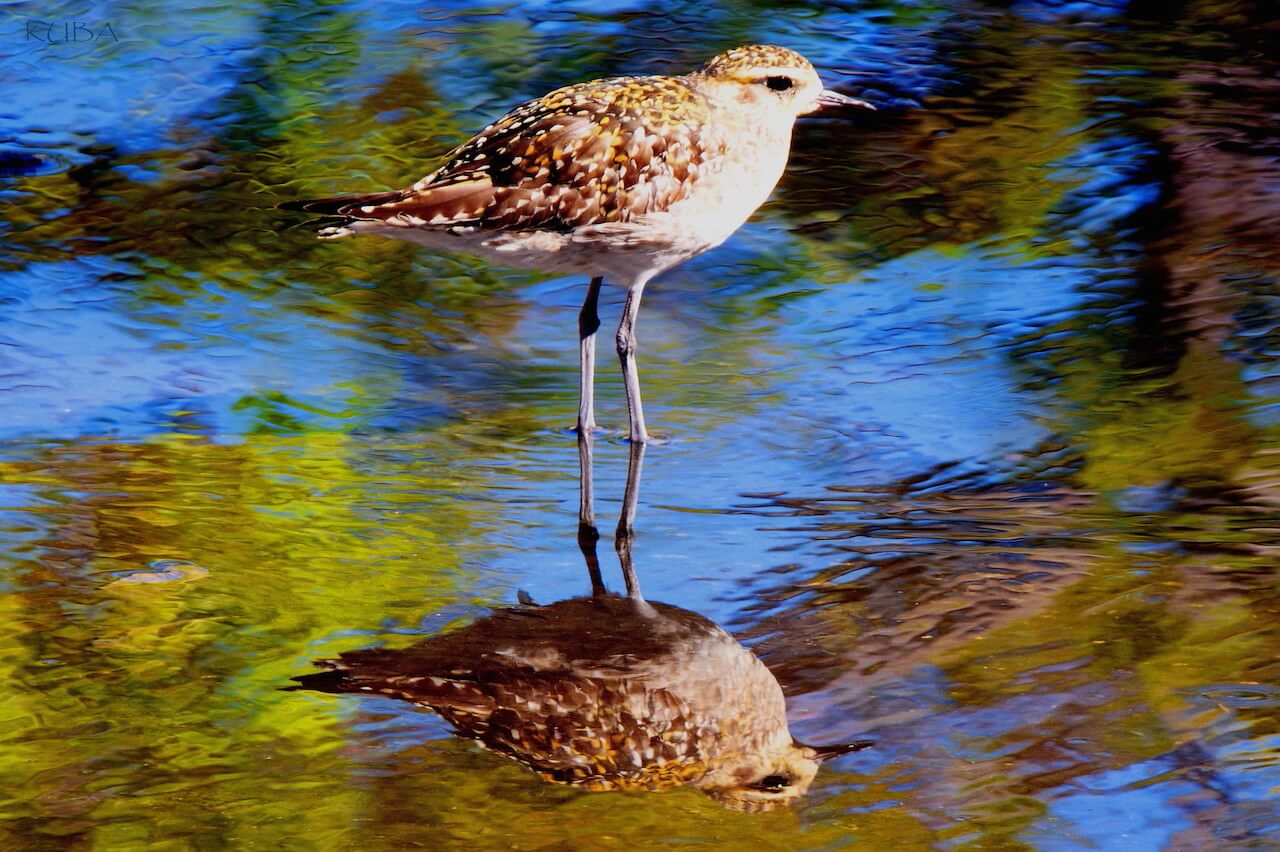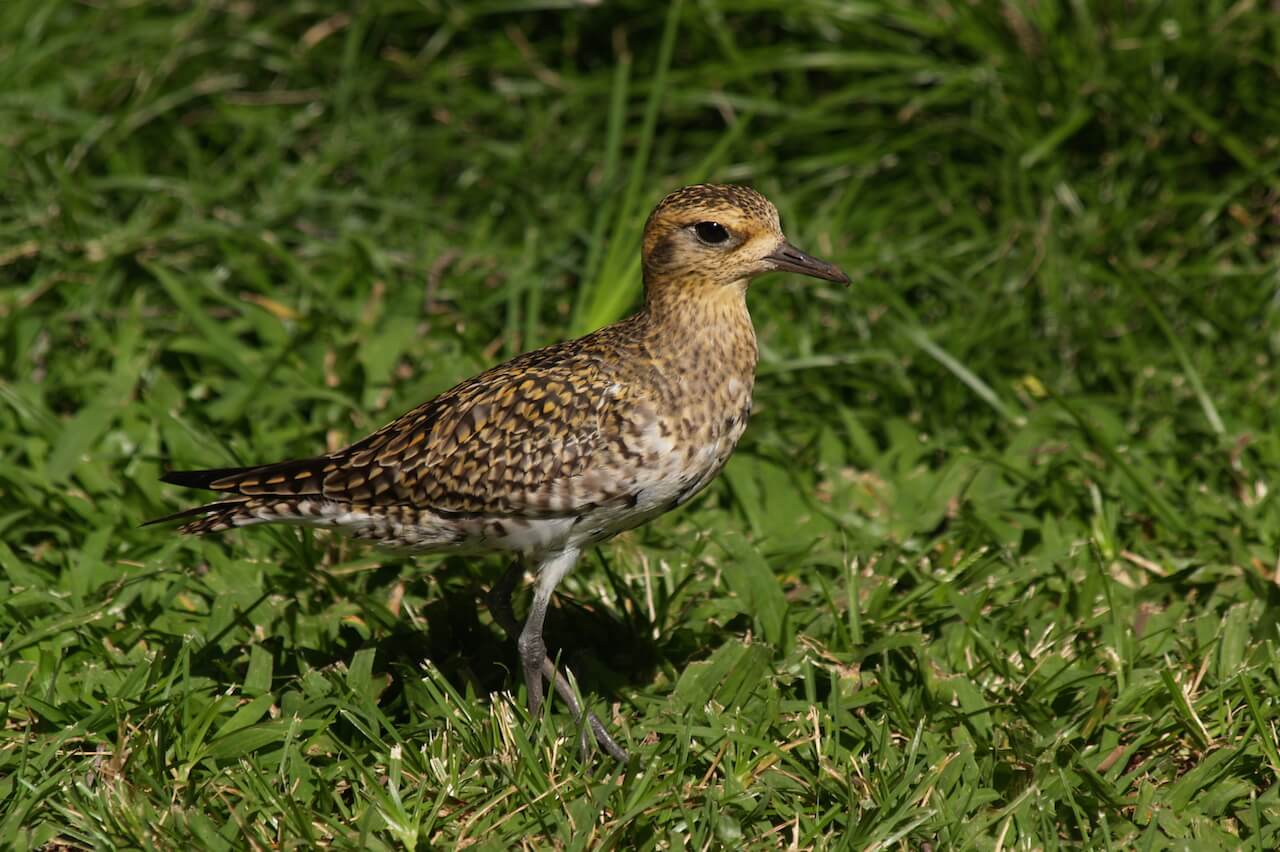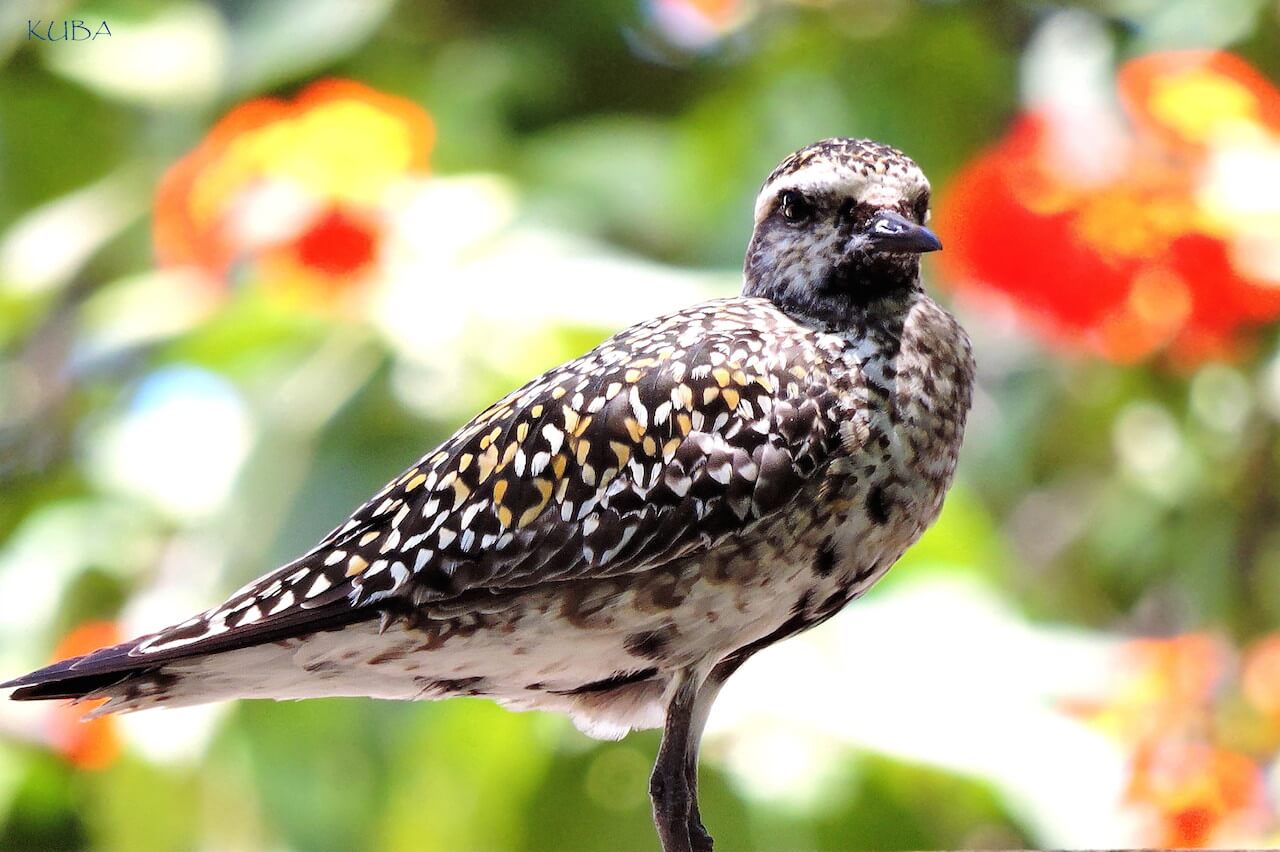pluvialis fulva
Kolea (Pacific Golden Plover)
About Me
Scientific Name: Pluvialis fulva
Description
In the winter months, the Kolea sports yellowish to white underparts with a primarily yellow body, speckled with brown. As spring nears, however, it undergoes a molt into breeding plumage, gaining greater speckling with the addition of whites, as well as a black face, underside, and wingtips. The black portions are separated from the speckled portions by strong, white barring.
Fun Facts
Kolea are fiercely territorial and in Hawaii, will regularly chase off even larger myna birds upon returning to their territories.
In the spring, usually near the end of April, Kolea gather in large numbers at traditional flocking sites, before migrating en masse to their breeding grounds in the arctic.
Kingdom: Animalia
Phylum: Chordata
Class: Aves
Order: Charadriiformes
In the winter months, the Kolea sports yellowish to white underparts with a primarily yellow body, speckled with brown. As spring nears, however, it undergoes a molt into breeding plumage, gaining greater speckling with the addition of whites, as well as a black face, underside, and wingtips. The black portions are separated from the speckled portions by strong, white barring.
Kolea primarily hunt along the ground and shorelines for invertebrates, however at the nesting sites in the Arctic Tundra, berries become an important part of their diet.
In the winter months, Kolea can be found in Hawaii, California, and across southern Asia and Australasia. During the breeding season, they inhabit the arctic tundra from northern Asia to west Alaska.
Kolea are strongly migratory. In Hawaii, individuals arrive in August-September and return to the same lawns and shorelines that they previously inhabited, with an 80% fidelity rate. In the spring, usually near the end of April, Kolea gather in large numbers at traditional flocking sites, before migrating en masse to their breeding grounds in the arctic. This non-stop flight of over 3000 miles takes 3-4 days to complete. Kolea are fiercely territorial and in Hawaii, will regularly chase off even larger myna birds upon returning to their territories. After some time feeding and regaining strength however, they seem to tolerate the presence of other birds.
Kolea return to the same nesting sites from previous seasons, and breed during June and July. Nests are small ‘cups’ scooped out of the earth, and the young grow quickly in time to migrate south with the adults in mid-August.
Although this species is declining, their wide-spread range and abundance has them classified as a species of Least Concern by the IUCN. In the past, they were traditionally hunted for food in Hawaii, but have since been deemed a protected species.
Our Kolea is unable to migrate, and shares his exhibit with a variety of other birds, such as the Bleeding Heart Dove and Rufous Fantails. Wild Kolea can also be seen patrolling our lawns and picnic areas during their stay, from mid-August through April. As with all of the wild birds here, please watch and enjoy, but let them hunt and forage on their own. They don’t need help getting food!
Pluvialis fulva . (n.d.). Retrieved January 14, 2017, from http://www.iucnredlist.org/details/22693735/0
Other Birds
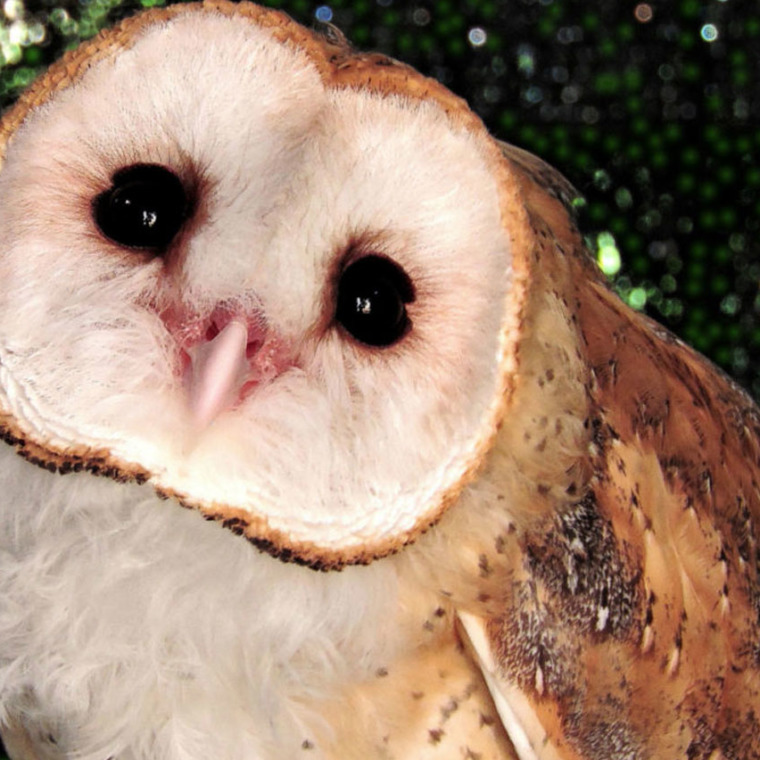
Barn Owls are found throughout the globe, in Europe, Africa, Asia, Austrailia, and the Americas
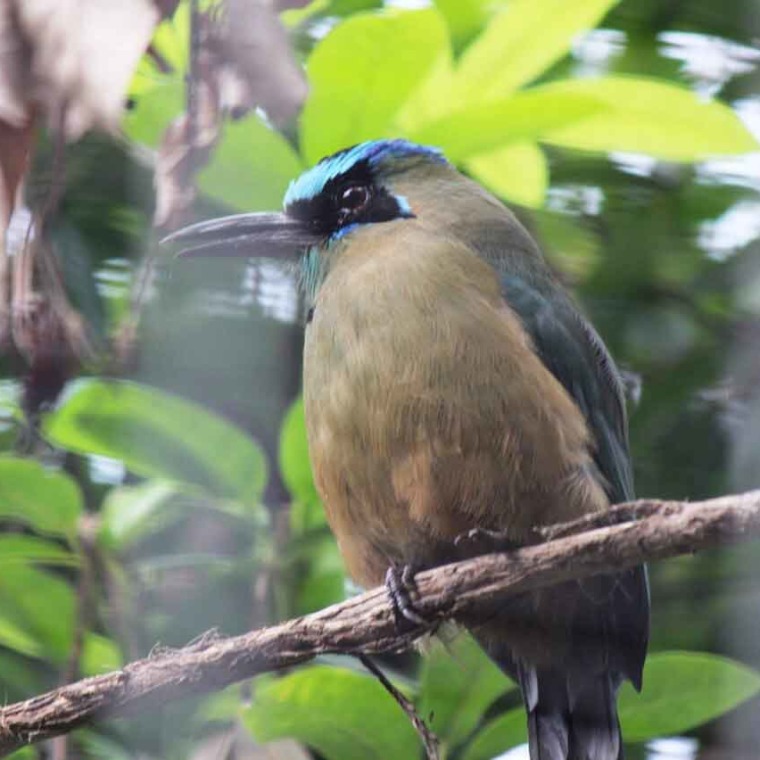
This animal can grow over a foot in length! Motmots possess a serrated beak and red eyes, with a black mask that encircles their heads.
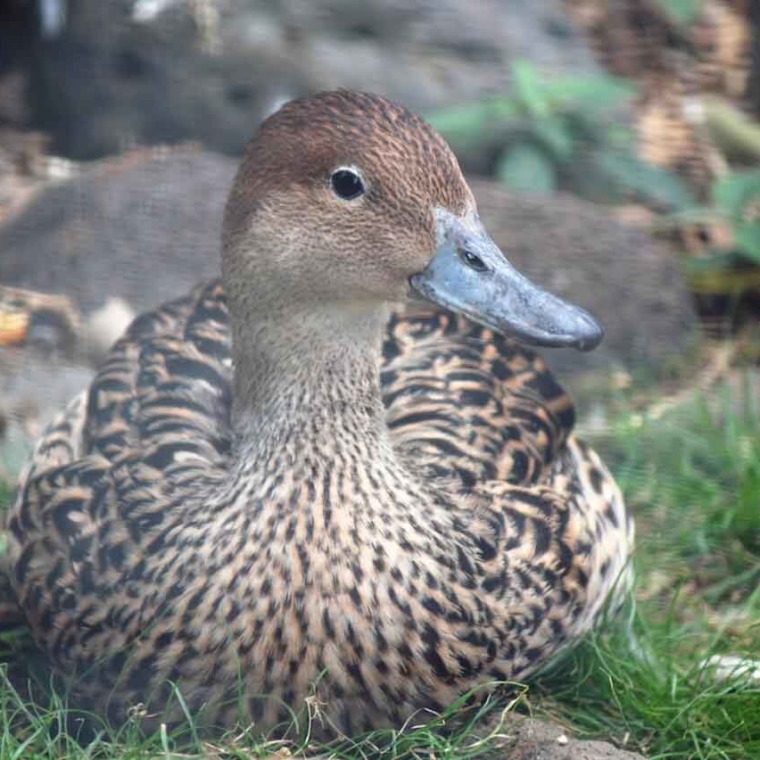
Koloa maoli are very secretive and difficult to observe except in protected areas such as Hanalei National Wildlife Refuge on Kauai.
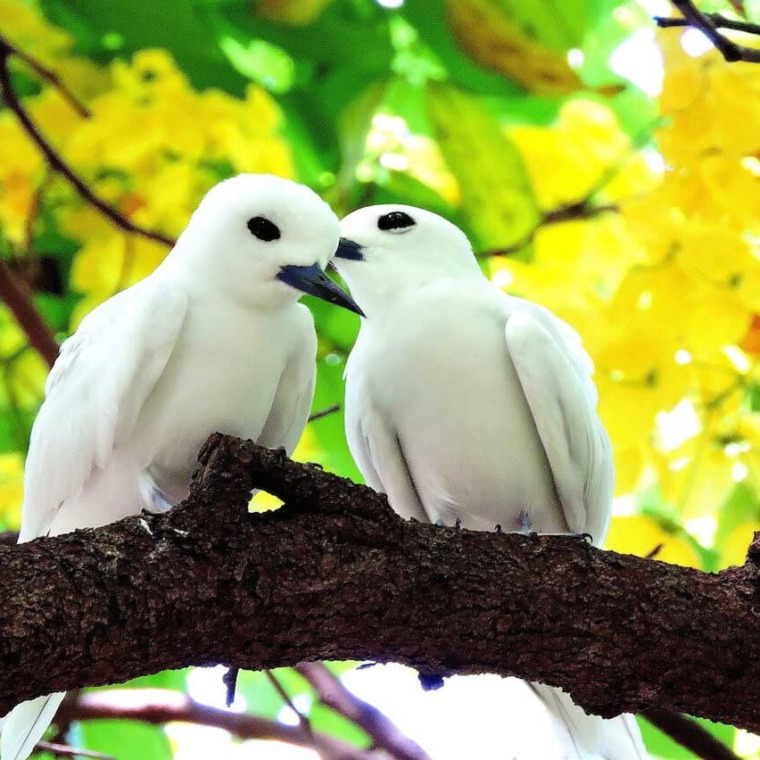
This bird is found primarily on islands, and has a wide ranger across the equatorial band of every ocean on Earth, save for the Arctic Ocean, which does not cross the equator.
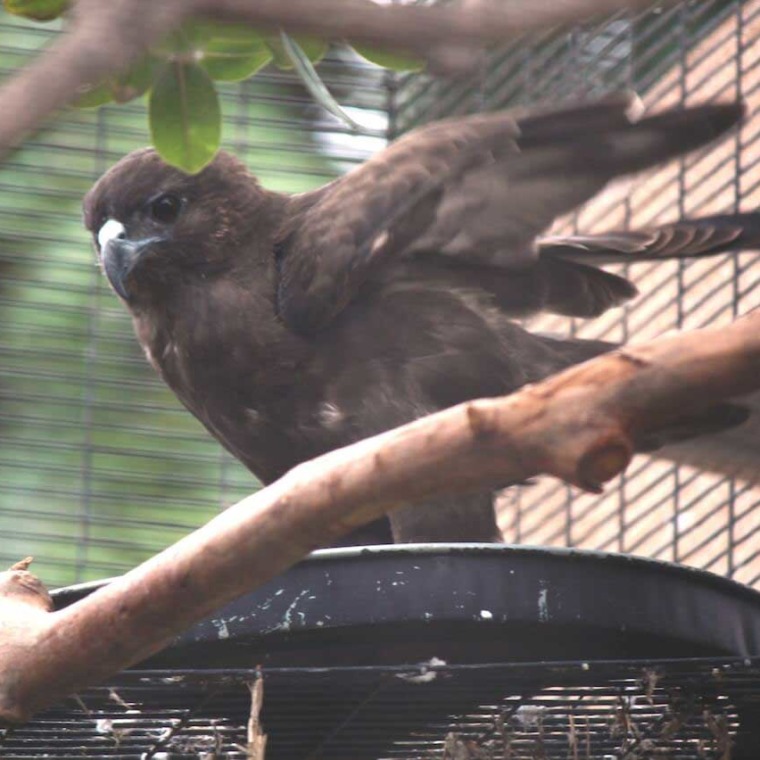
’Io prefer to hunt from tall perches that they use to survey their prey; however, they are known to dive at targets from mid-flight if the opportunity presents itself. are territorial and come together only to breed.


